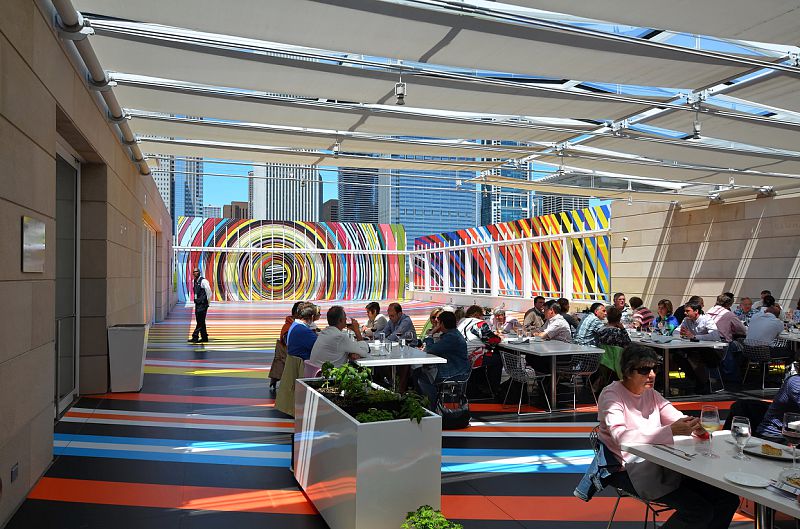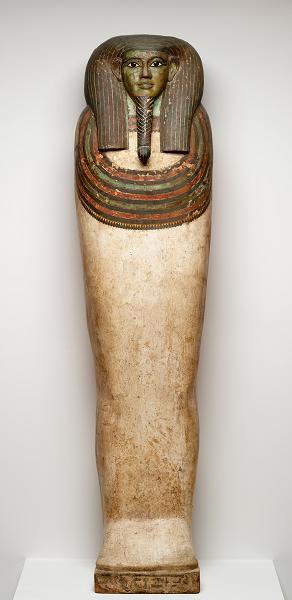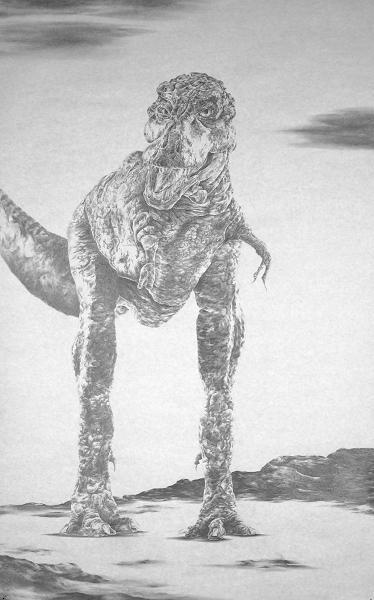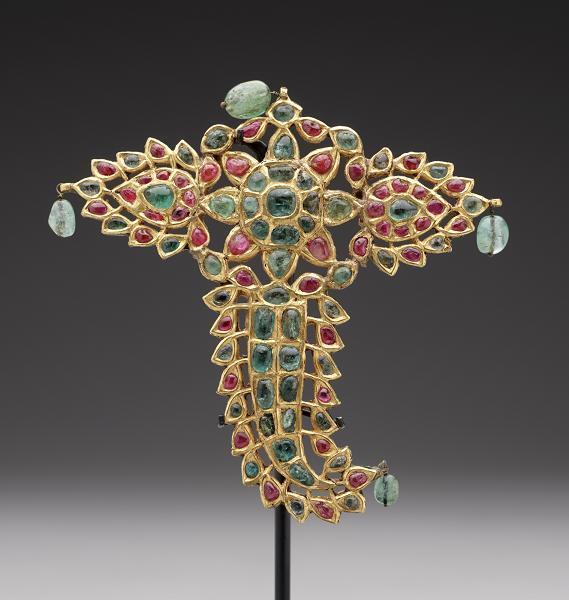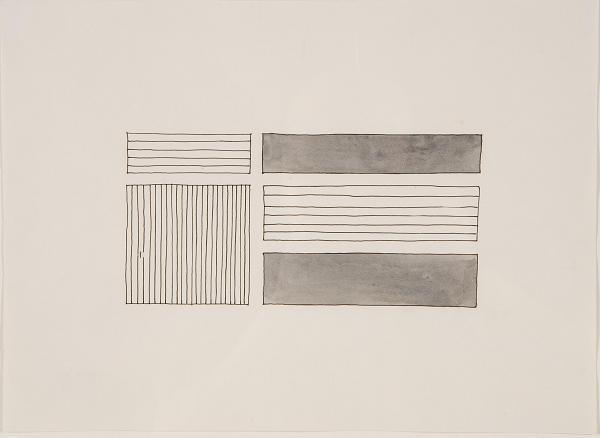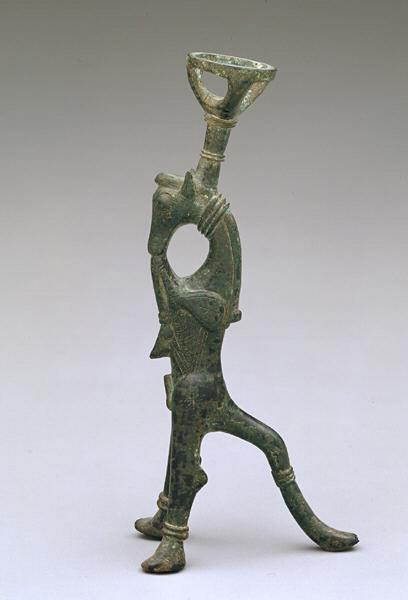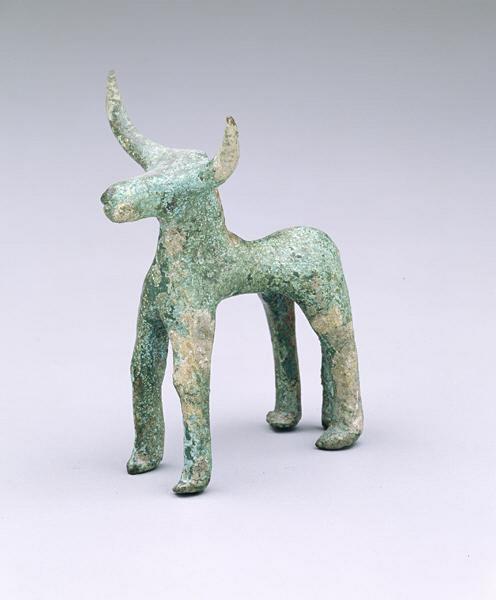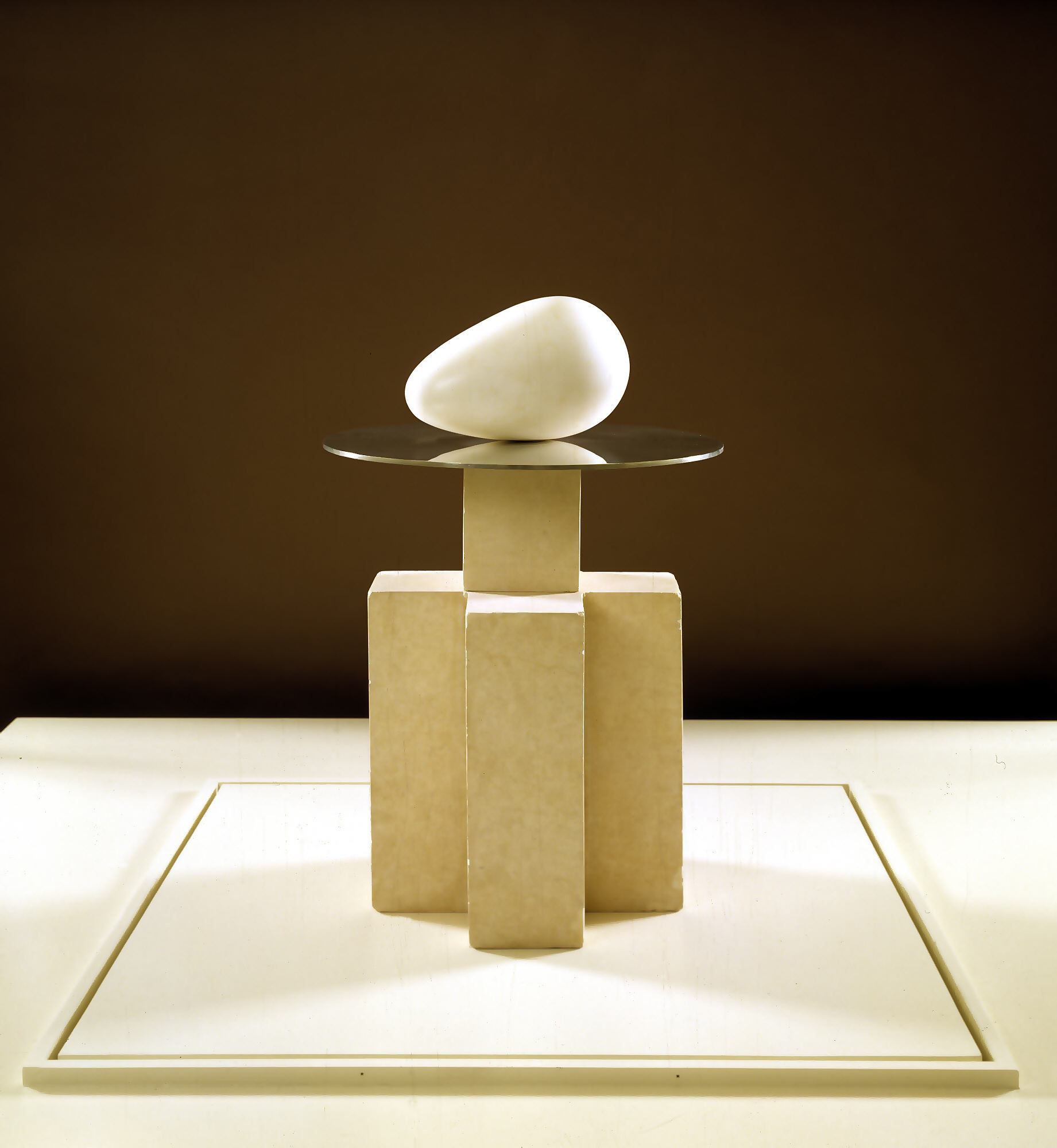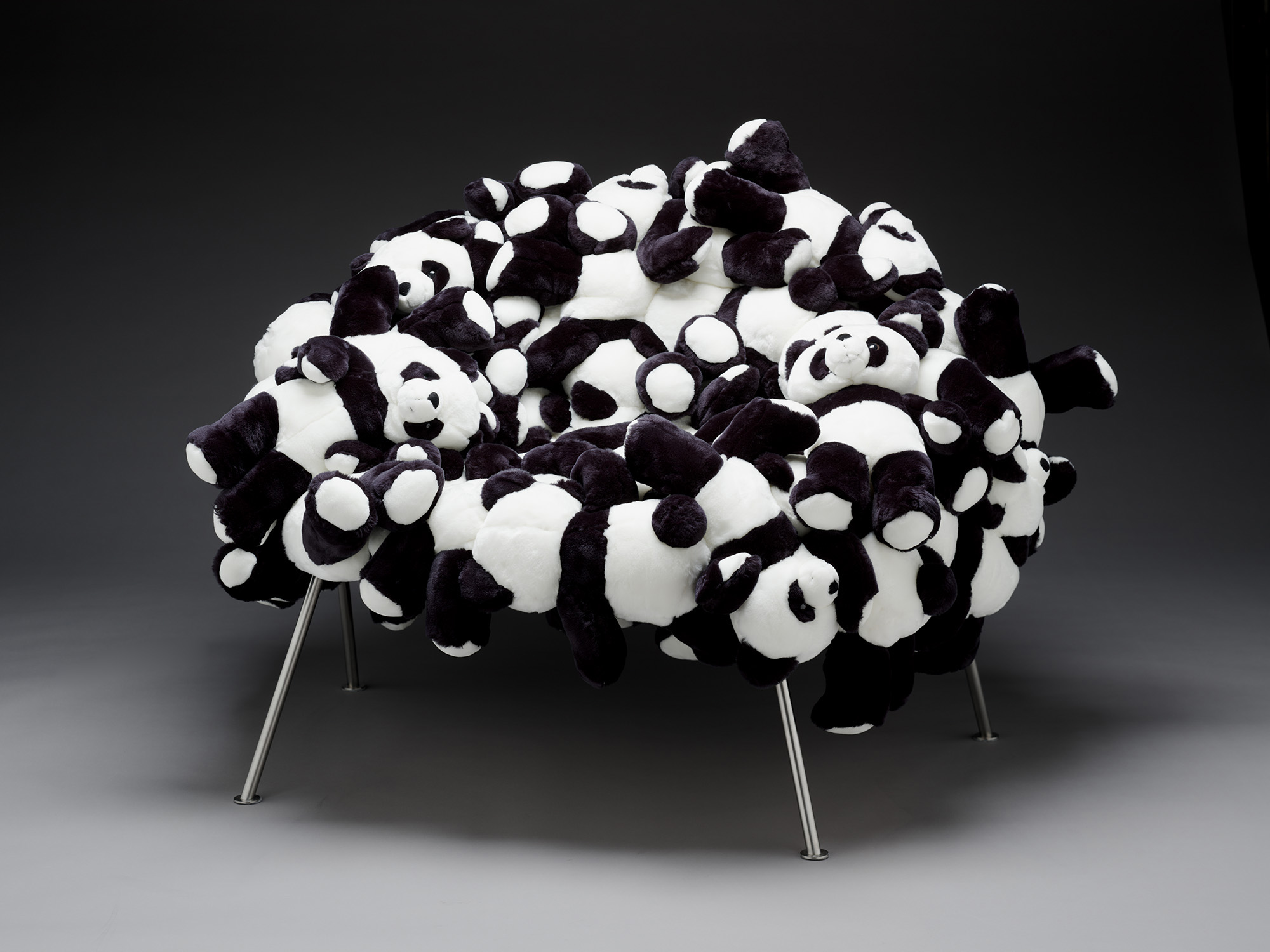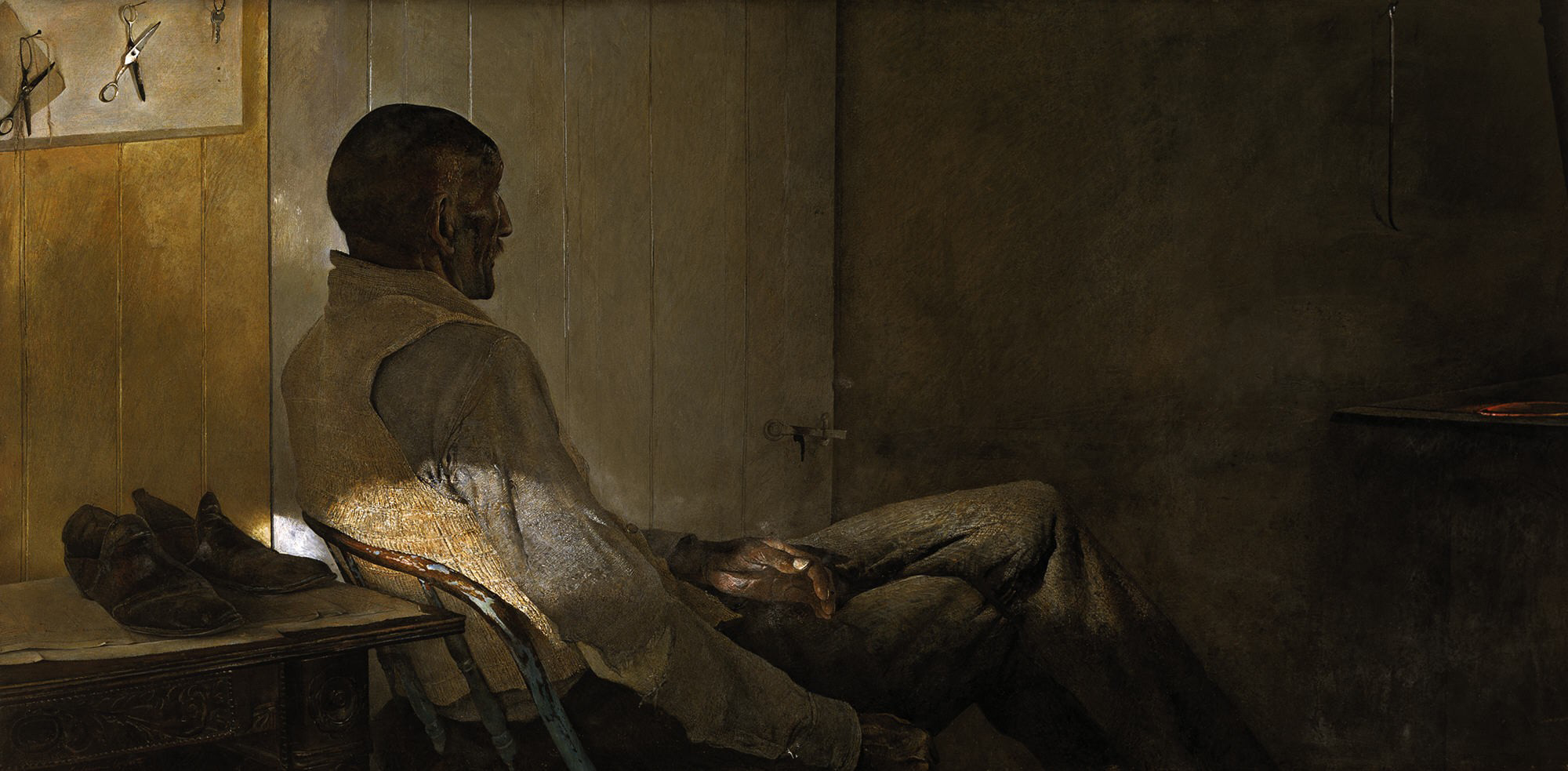We’ll host our 1st Annual BooksmART festival on Saturday June 11th from 11am to 5pm. General admission to the Museum will be FREE with a fun-packed day of events and activities celebrating literacy and the arts for the young and young-at-heart. Our stellar lineup of authors, illustrators and performers include Rick Riordan, Laurie Halse Anderson, Norton Juster, Jerry Pinkney, David Wiesner and many more!
One of the authors that I am especially excited to hear is Cynthia Leitich Smith, a New York Times bestselling and award-winning author whose fictionfor young readers is noted for its diversity, humor, lyricism, imaginativeness, compelling action, and mid-to-southwestern settings. And I got the chance recently to ask her a few questions.
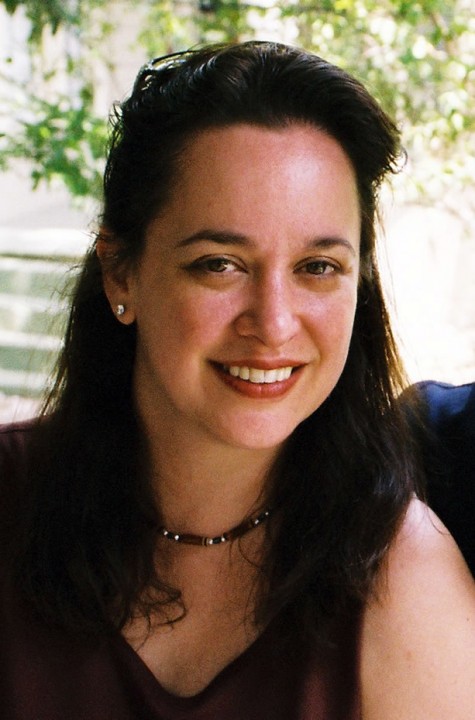
Q: Why did you decide on a career writing for children and young adults?
As a child and teen, I was an avid reader and writer. I read all of the Newbery winners and everything by Judy Blume. I transitioned to spooky stories during adolescence. Along the way, I also read graphic-format books (which we used to call “comics”). In sixth grade, I had a column, “Dear Gabby” in Mr. Rideout’s classroom newsletter, offering advice to the troubled and lovelorn.
I went on to become editor of my junior high and high school newspapers. From there, I earned a journalism degree and law degree, working summers for small-town and major metro newspapers (including the Dallas Morning News) and in law offices.
As a first-generation college graduate, I was mindful of pursuing writing jobs with relative security to them. But in my late 20s, after the Oklahoma City Bombing, I was reminded that life can be short, unpredictable, and precious–that we should follow our dreams and do our best to uplift others. I could imagine no pursuit closer to my heart than books for young readers, and from that point on, I’ve dedicated myself to that end.
Q: You are a member of the Muscogee (Creek) Nation. How has your Native American heritage and identity influenced your writing?
The quintessential advice we give to new voices is: write what you know. For me, that meant realistic stories of lower middle class, mixed blood Native American families from the mid-to-southwest. It meant stories of daily life and intergenerational relationships and military service and loss and healing.
My first book, Jingle Dancer is about a young girl who assembles her jingle dance regalia with the aid of women of every generation of her intertribal community and then dances to honor them at a powwow. My debut novel for tweens, Rain is Not My Indian Name, is about a girl who, after the unexpected death of her best friend, slowly reconnects to the important people in her life through the lens of a camera. Indian Shoes is a collection of humorous, touching short stories for middle grade readers. They’re about young Ray and his Grandpa Halfmoon.
I’ve continued writing about Native characters and themes in my short stories. In 2012, I look forward to the publication of a companion short story to one by noted Abenaki author Joseph Bruchac, which will appear in Girl Meets Boy. Our tales are a fun pairing, about two Native teens–one who’s a tall, formidable basketball-star girl and one who’s a short, scrawny boy into martial arts. It’s a love story–naturally.
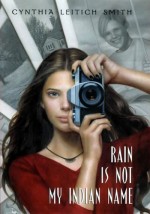

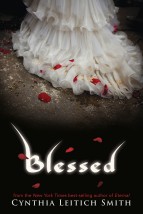
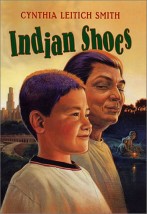
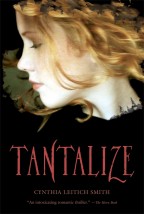
Q: You shifted your emphasis to fantasy for your book TANTALIZE, the first in a series. What made you want to tackle the fantasy/gothic fiction genre?
I occasionally joke that I’m in the thrall of the master, by which I mean Abraham Stoker. I was fascinated by Dracula, especially with regard to the timelessness of its themes for teen (and grown-up) readers today. The classic touches on gender and power, orientation, the “dark other” (which back in the day meant Eastern European), plague, invasion, and more. All of those topics are still very much with us today, and looking at the vampire mythology itself….
Q: What has been one of your most meaningful interactions with one of your readers?
A handful of teenage girls have written to tell me that they have left their abusive boyfriends because of Quincie, the hero of the Tantalize series. A girl has written to say that she felt differently–better about herself–after having been assaulted by someone she’d trusted.
Other kids have written to say that Rain is Not My Indian Name helped them to cope with the loss of a loved one, and an aunt told me that her niece wouldn’t speak of a friend’s death until she could do so by using the novel as a reference point.
Most recently, I’m reminded of a boy–about age 14–who came up to me on my recent book tour. I was in New York City, and he approached me with a well-loved and quite tattered copy of Tantalize. He said it was the first book he’d ever finished. “The first book?” I asked, and he nodded solemnly. “The first book ever,” he emphasized. “All the way through.”
Q: What are you most excited about for the BooksmART festival? Can an art museum add something to the traditional book festival?
I’m excited to connect with folks who have a global love of the arts–visual, literary, and beyond. They’re people of imagination and possibilities–kindred souls and the very kind of heroes that I love to write about. Austin may be my home now, but Dallas will always be dear to me. See y’all soon.
Cynthia Leitich Smith will be presenting on her young adult fiction, including her latest novel, Blessed, in Horchow Auditorium.
She will also present on her books for younger readers that explore Native themes and characters in the DMA’s exhibition Art of the American Indians: The Thaw Collection.
Katie Hutton is Interim Head of Arts & Letters Live at the Dallas Museum of Art
![photo[8]](http://blog.dma.org/wp-content/uploads/2011/06/photo8-e1306966221312.jpg)
![photo[7]](http://blog.dma.org/wp-content/uploads/2011/06/photo7-e1306966274528.jpg)
![photo[6]](http://blog.dma.org/wp-content/uploads/2011/06/photo6-e1306966300541.jpg)
![photo[5]](http://blog.dma.org/wp-content/uploads/2011/06/photo5-e1306966324187.jpg)
![photo[2]](http://blog.dma.org/wp-content/uploads/2011/06/photo2.jpg)
![photo[3]](http://blog.dma.org/wp-content/uploads/2011/06/photo3-e1306966441820.jpg)











